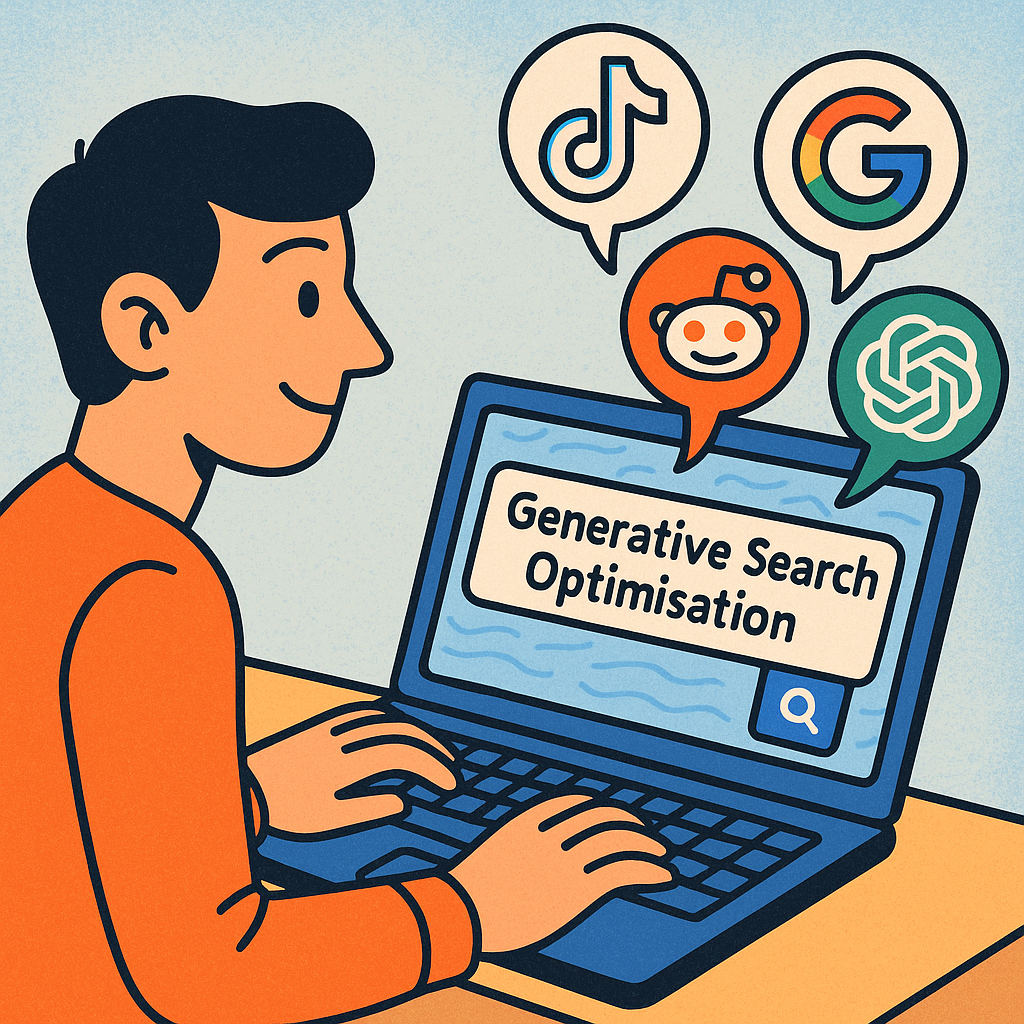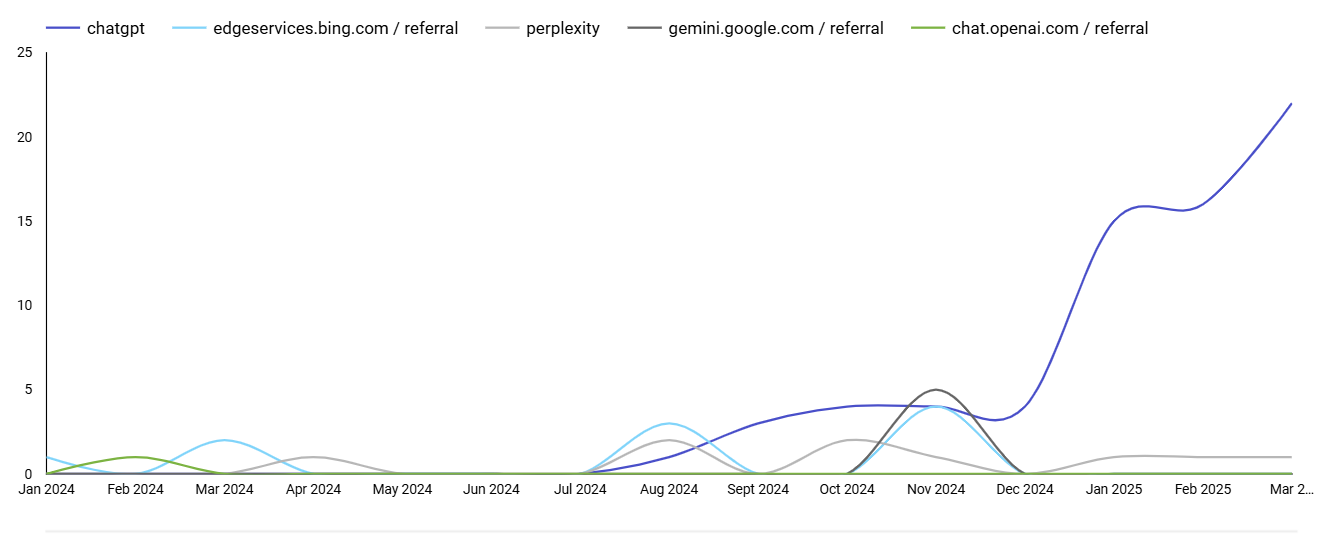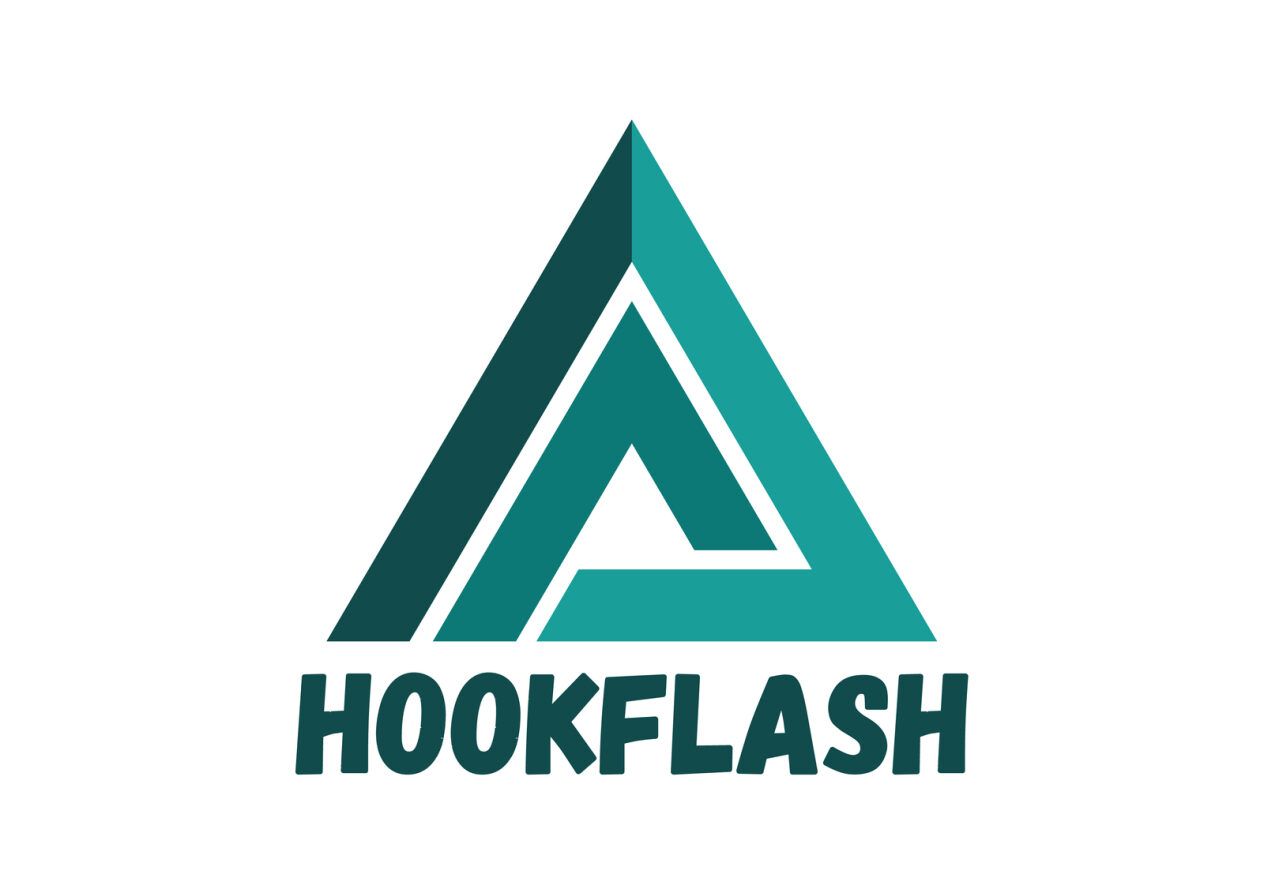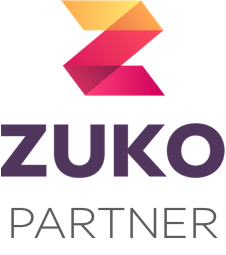What is Generative Search Optimisation (GSO)?
Mollie Ellerton | 19 May 2025
I recently contributed to an article on Digidaysthat sought to break down some key acronyms in the SEO world at present. What is GEO? AEO? GSO? You can find the answers and more over there.
In the meantime though, I wanted to talk more about my personal favourite: GSO = Generative Search Optimisation.
Generative Search Optimisation is the process of optimising for searches carried out in engines that use Generative AI to answer queries. This includes LLMs such as Chat GPT and Perplexity, as well as Google’s AI Overviews.
We can’t ignore that increasingly more* users are turning to Generative Search engines such as Chat GPT and perplexity, and that Google is making our SEO lives even harder with it’s launch of AI Overviews.
It is no longer enough for our SEO strategies to just look at performance in search, given that we are as a collective using a wider variety of platforms to seek answers and begin to interact with brands.

What challenges (or opportunities) does AI generative search pose for SEO?
The rise of generative search means that we are all going to get increasingly used to asking longer-form, and more conversational questions in search engines. Our SEO tools, however, do not report on those queries. How could they? It might be that only one person makes that specific search, ever.
As challenging as this may be, there is still an opportunity for long-suffering SEOs. LLMs are including references to sites that have been cited/leveraged, and Google’s AIOs are also featuring links. There’s a new position 0 in town, and it’s these spots in search.
How does GSO differ from SEO?
The core of GSO really is much the same as SEO. As far as we know, LLM crawlers will attempt (emphasis on attempt) to operate in much the same way as a traditional search engine, and so we can assume especially from a technical SEO perspective that we need to have all of those foundations in place.
Our key technical recommendation here is pretty simple: make it as easy as you can for the crawlers.
Michael has written a blog already on the benefits of having structured data on site to support with AIO visibility and correctness: How structured data stops AI overviews getting it wrong.
It’s more important than ever that we are creating content that effectively answers customer search queries, before we even know for sure that they are going to ask it. Our goal is to build topical authority for a category by creating amazing content that ticks off our E-E-A-T metrics.
It’s easy enough to get a top-level view of how people are searching within a given topic, but we need to dive much deeper than this to really hit those topics that are of interest to potential customers/visitors. Some great areas to consider:
- Customer careline data: what is it that your customers are actually asking your customer care team? This is your lower/bottom funnel audience; they have either already made a purchase with you, or are very close to converting.
- PAA results: what does Google suggest that people are asking when they make a relevant search?
- Reddit: what are people asking when it comes to a keyword category/your brand specifically? This is your higher funnel audience; they might be aware of your specific brand (or might not!), but are in the market for the product or service that you offer.
- TikTok/social listening: are your keywords trending on tiktok? What types of videos are people creating/what do the comments say?
Starting with a brand lens – is there any customer confusion when it comes to your brand? Do people know what your USPs are? Do you have an About Us page that details your brand values and mission? This is your first port of call. If you do not have this information on your website, you shouldn’t expect your customers to just know or assume. Similarly, you cannot (and should not!) expect an LLM to piece this information together.
Once you’ve started to map out what the wider landscape looks like for your queries, you can then start to decide what content you need. These types of questions lend themselves perfectly to FAQs that can then be further expanded on within blog content.
Closing comments on Generative search optimisation
SEO best practices aren’t going away, and to echo what we have said continuously in other articles, if anything they are more vital than ever. We need to make sure that all bots can access and understand content. But we also need to be expanding our content to ensure that we are more likely to capture those pesky long-tail searches.
*By increasingly more – the numbers are still pretty small. According to Search Engine Land, Google’s market share is 373x greater than LLMs like Chat GPT. For our clients, we are seeing very small numbers of site visitors coming through engines such as Chat GPT. You can’t deny that it’s definitely on the rise, though.

Want to have a chat?
Chat through our services with our team today and find out how we can help.






